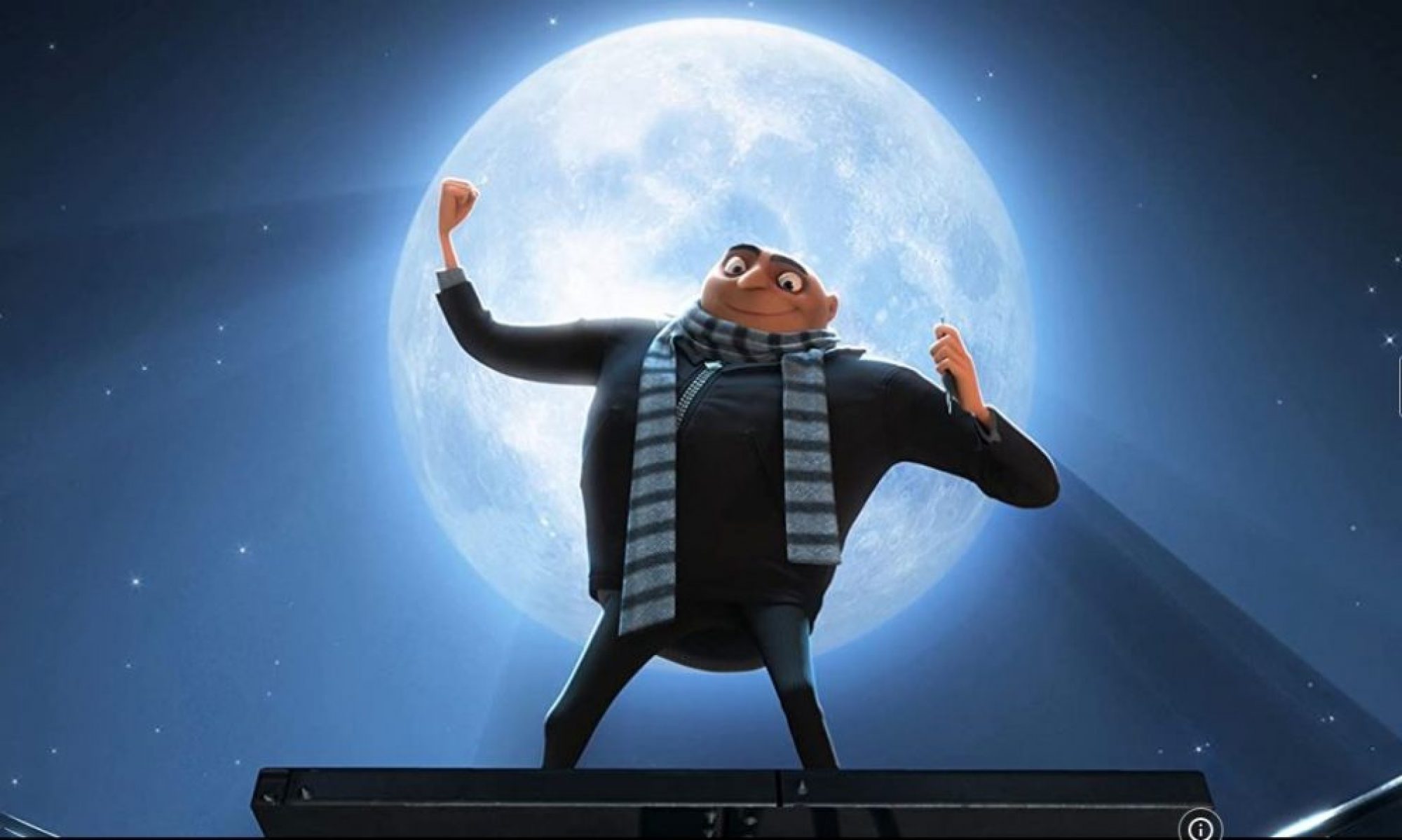Previosly, we had a rotomation session with Dom, where we had to place an iron man helmet on the head of a man on the street, this time we had to apply a full body model of a robot on the body of a man on a bike. Super exciting but challenging, in these sessions it is expected of us to be extremelly focused so we can really understand how it is done as it can be our way in the industry.
The first step was to create a Maya project folder and create three new folders: Models, 3DE_Scenes and Maya_Scripts, copy the robot model to the Models folder and the textures to the sourceimages folder. We must have a footage folder and a maya project folder.
Camera Tracking
On 3DE, on the basic environment, import the image sequence set it to start at frame 1 and end at frame 300, set gamma to 2.000, export buffer compression files and save the project. The goal is to find points in the different depths and track them – as the bike was moving and the background blured a bit these points were harder to track so they took longer. The camera tracking has to be in a camera group and the body track has to be in a different point group, also it’s always helpfull to have the image controls panel under the object browser as we need to change brightness and saturation multiple times to help tracking.
After all the camera points were tracked this is what it looked like:

As the first group of points is tracked, we have to calc from scratch and use result if everything is in its right place – like the image below

The paralax is tracked, now we had to track the floor and repeat the process. After that save and start taking care of the lens. On focal length tab change focal length from fixed to adjust and open parameter adjustment window.
As the footage is downloaded from the internet we don’t know what camera was used to record it so we have to hit Adaptive at least three times, so the software can adapt to the footage and give us the best option. Now, we select the distortion on the lens tab and on parameter adjustment window select brute force all, make sure both A and B lens range is on fine and hit adjust.

After this we add the quadric distortion – degree 4 and repeat the process, but this time the expected result is a cube, which I gladly had! Not so much trouble in this session!

It took much longer to adjust than the previous ones, so Dom told us we could hit stop when the red line reached half of way, as long as we had a cube being created. Again… Save and version up! If 3DEqualizer crashes it corrupts the file and we loose all the work. Now we must calc from scratch again and use result.
On the basic environment, add new point group on the camera group, double click on it and name it body_group – a new group where we are going to track his body. Dom said we had to find points only on the shoulders and neck, which in my opinion were even harder because he was wearing a black leather jacket and the wrinkles would change so the tracking took a long time, but fortunately I managed to get the amount of points that Dom asked.

When all the points are in it’s place, we create a new scene on Maya and set the project to the one in the beggining of the session, import the model in to the scene, select the body of thee model – export selection to the Models folder as an .obj – name it – save!
Back on 3DEqualizer, with the body group selected – right click and import the model in to the scene and repeat the process from last session: open a second 3DE window, having one of them on lineup and the other on orientation environment so that we can assign the body points to the body. On orientation window we must place the model on top of the footage through scale, translate and rotate. As soon as the model is in the right place, on lineup window go to edit – project points on 3D models. I had a problem when doing this in which the model didn’t follow the man.

The way to solve this was really to re-import the model and redo the scaling and position again and project the points on 3D model, and it worked! So, time to save and export the .mel script and save it on the maya projects folder, finally run warp4 and render footage.
Maya
The model now follows the man on the bike, but it is still very unrealistic as the body is in it’s original position and none of it’s limbs are in the right place; that is where Maya comes in to action.
